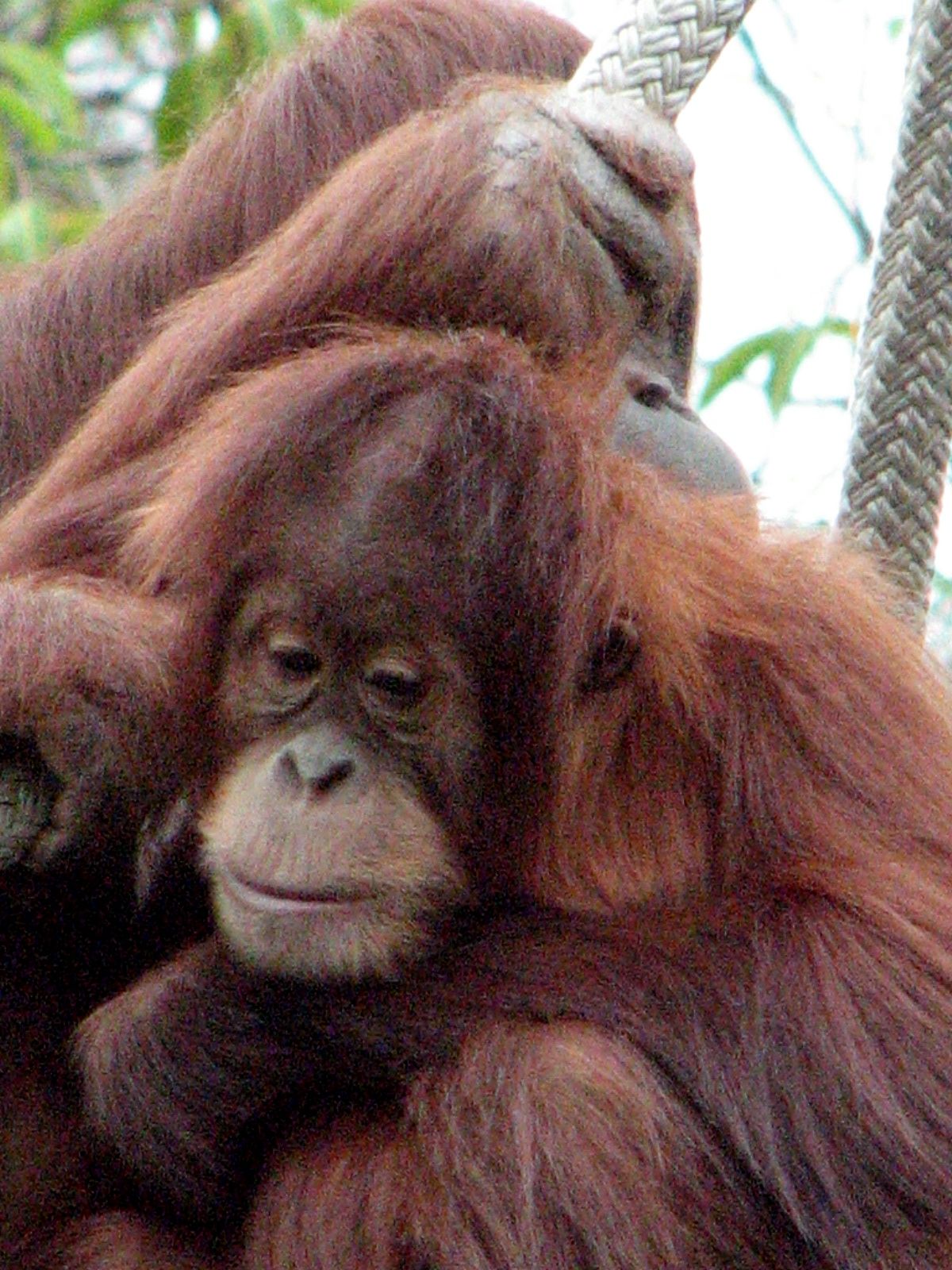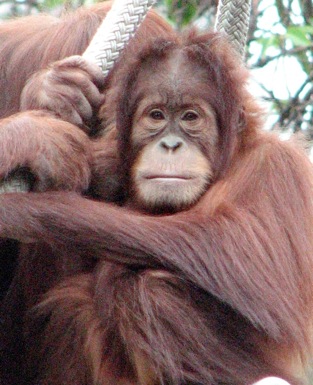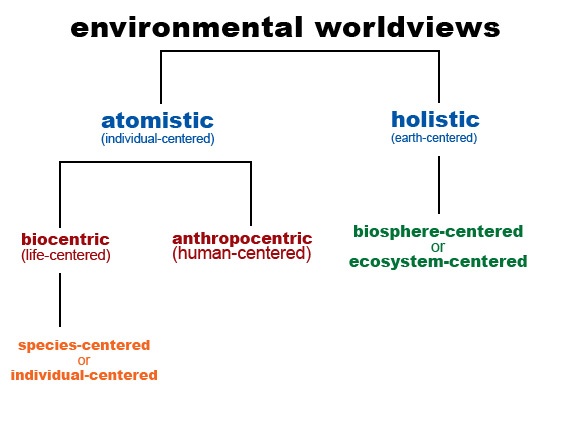Fritjof Capra, 
The Web of Life.
New York: Anchor Books, 1996.
Selected Portions
∞
"The view of living systems as networks provides a novel perspective on the so-called hierarchies of nature. Since living systems at all levels are networks, we must visualize the web of life as as living systems interacting, in network fashion with other systems . . . . In other words the web of life consists of networks within networks."
p. 35.
Capra on quantum physics' findings.
Hypercycles | Ecology | Solar | Lesson | Vocabulary
"It is a worldview that acknowledges the inherent value of nonhuman life. All living beings are members of ecological communities bound together in a network of interdependencies. When his deep ecological perception becomes part of our daily awareness, a radically new system of ethics emerges."
"Such a deep ecological ethics is urgently needed today . . . ."
Fritjof Capra, The Web of Life, p. 11.
“All living organisms are related by common ancestry. All forms of life have emerged from that ancestry by a continuous process of variation throughout billions of years of geological history.”
p. 223.
An Orangutan is an example of an animal that is a member of a species that is our species' cousin in the wider family of great apes to which we belong by reason of the fact that we all share a common ancestry about fourteen million years ago.
"By calling the emergence of a new vision of reality 'ecological' in the sense of deep ecology, we emphasize that life is at its very center. This is an important point for science, because in the old paradigm physics has been the model and source of metaphors for all other sciences."
"The new paradigm may be called a holistic worldview, seeing the world as an integrated whole rather than a dissociated collection of parts. It may also be called an an ecological view, if the term ecological is used in a much broader and deeper sense than usual."
p. 6.
"This distinction between 'holistic' and 'ecological' is even more important when we talk about living systems, for which the connections with the environment are much more vital."
p. 7.
the concept of self organization:
"Whereas Prigogine and Haken were led to the concept of self organization by studying physical and chemical systems that go through points of instability and generate new forms of order, the biochemist Manfred Eigen used the same concept to shed light on the puzzle of the origin of life."
life "may have been the result of a process of progressive organization in chemical systems far from equilibrium, involving hypercycles of multiple feedback loops."in which selection processes occur in the molecular realm."
"he coined the term "molecular self-organization." to describe these prebiological evolutionary processes."
p. 92.
…"special reaction systems. . . are known as catalytic cycles."
p. 92.
"the most common and most efficient catalysts are the enzymes which are essential components of cells promoting vital metabolic processes."
"that is in systems exposed to energy flows, different catalytic reactions combine to form complex networks that may contain closed loops [2]. . . in which fifteen enzymes catalyze each other's formations in such a way that a closed loop or catalytic cycle , is formed."
p. 93.
"in which the enzymes produced in one cycle act as catalysts in the subsequent cycle."
"He coined the term 'hypercycles' for those loops in which each link is a catalytic cycle."
"Hypercycles turn out to be remarkably stable, but also capable of self-replication and of correcting replication errors, which means they can conserve and transmit complex information."
"The lesson to be learned here seems to be that the roots of life reach down into the realm of nonliving matter."
p. 94.
"Eigen made the revolutionary step of using a Darwinian approach to to describe evolutionary phenomena at a prebiological, molecular level."
pp. 94-95.
ECOLOGICAL LITERACY
“This wisdom of nature is the essence of ecoliteracy.”
“Based on the understanding of ecosystems as autopoietic[1] networks and dissipative structures, we can formulate a set of principles of organization that may be identified as the basic principles of ecology and use them as guidelines to build sustainable human communities.”
p. 298
“The first of these principles is interdependence.”
“Understanding ecological interdependence means understanding relationships.”
p. 298.
“The fact that the basic pattern of life is a network pattern means that the relationships among the members of an ecological community are nonlinear, involving multiple feed back loops.”
pp. 298-99.
‘The cyclical nature of ecological processes is an important principle of ecology.”
“Ecosystems differ from individual organisms in that they are largely closed systems with respect to the flow of matter, while being open with respect to the flow of energy.”
p. 299..
p. 299.
“Solar energy in its many forms–. . . is the only kind of energy that is renewable, economically efficient, and environmentally benign.”
p. 299.
“The principles of ecology mentioned so far–interdependence, the cyclical flow of resources, cooperation, and partnership–are all different aspects of the same pattern of organization. This is how ecosystems organize themselves to maximize sustainability.”
p. 301.
“two further principles of ecology–flexibility and diversity–that enable ecosystems to survive disturbances and adapt to changing conditions.”
p. 302.
Š interdependence,
Š the cyclical flow of resources,
Š cooperation,
Š partnership
Š flexibility and
pp. 301-302.
“All ecological fluctuations take place between tolerance limits. There is always the danger that the whole system will collapse when fluctuation goes beyond those limits and the system can no longer compensate for it.”
p. 302.
Diversity related to stress in a living system
“Temporary stress is an essential aspect of life, but prolonged stress is harmful and destructive to the system. These considerations lead us to the important realization that managing a social system . . .means finding the optimal values for the system’s variables. If one tries to maximize any single variable instead of optimizing it, this will invariably lead to the destruction of the system as a whole.”
pp. 302-303.
“In ecosystems the role of diversity is closely connected with the system’s network structure. A diverse ecosystem will also be resilient because it contains many species with overlapping ecological functions that can partially replace one another.”
p. 303.
“Diversity means many different relationships, many different approaches to the same problem . . . . Capable of adapting to changing situations.”
p. 303.
“However diversity is of strategic advantage only if there is a truly vibrant community, sustained by a web of relationships.”
p. 303.
"The sense in which I use the term ecological is associated with a specific philosophical school and, moreover, with a global grass-roots movement known as deep ecology, which is rapidly gaining prominence.
Deep ecology does not separate humans – or anything else – from the natural environment. It sees the world as not as a collection of isolated objects, but as a network of phenomena that are fundamentally interconnected and interdependent."
p. 7.



